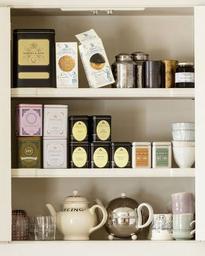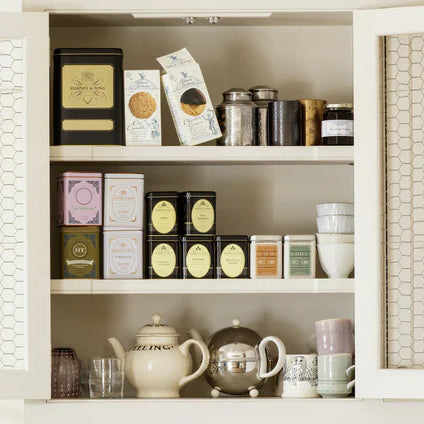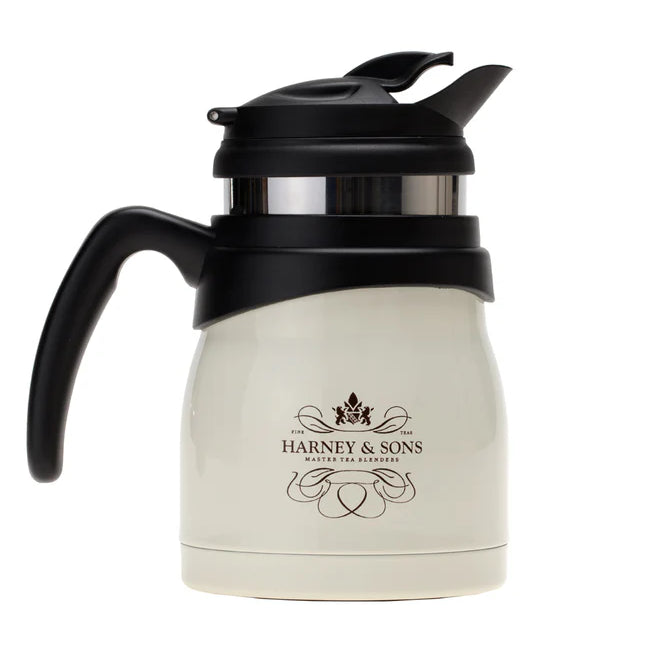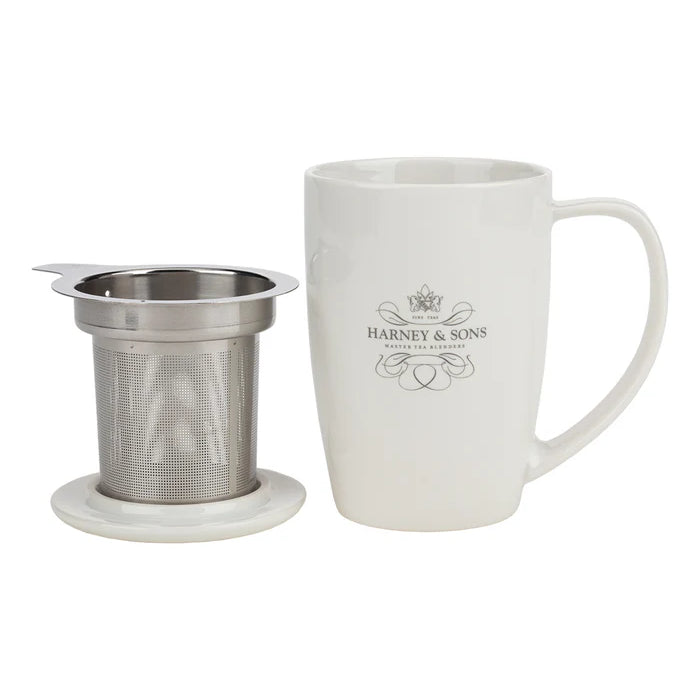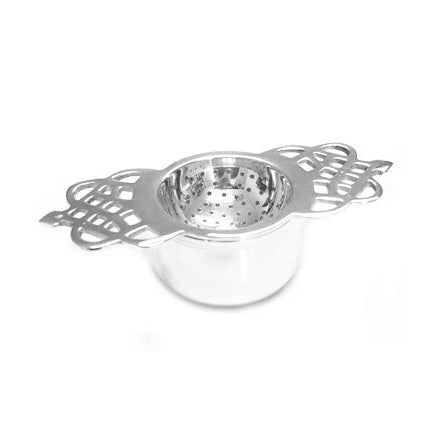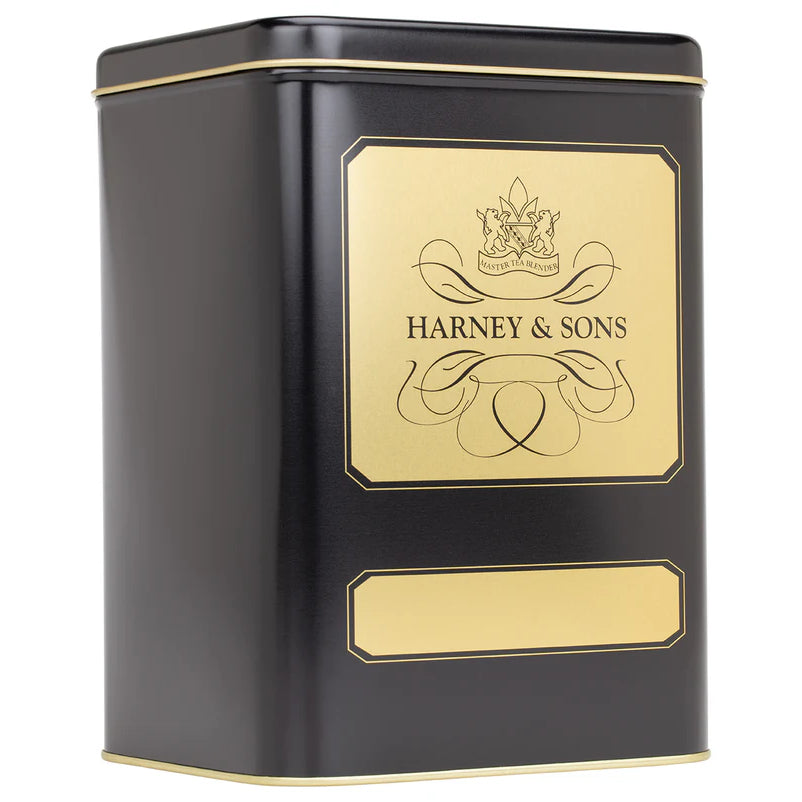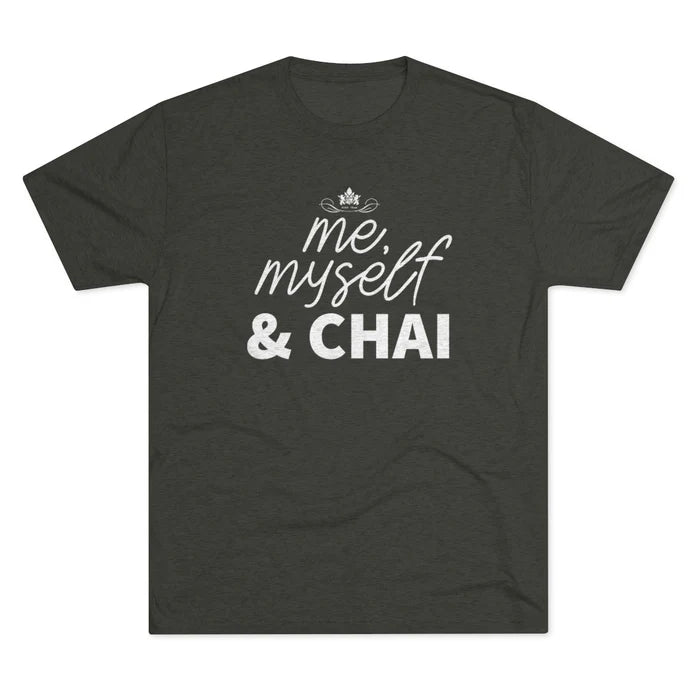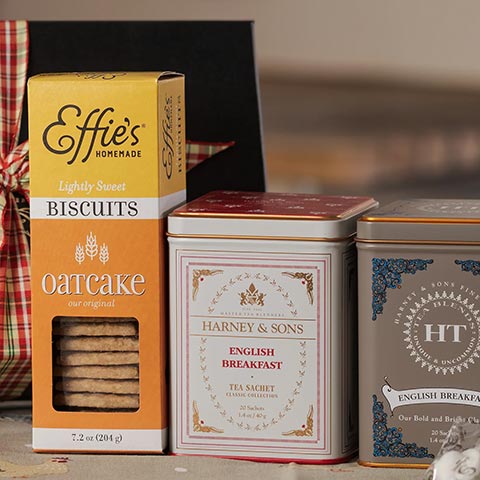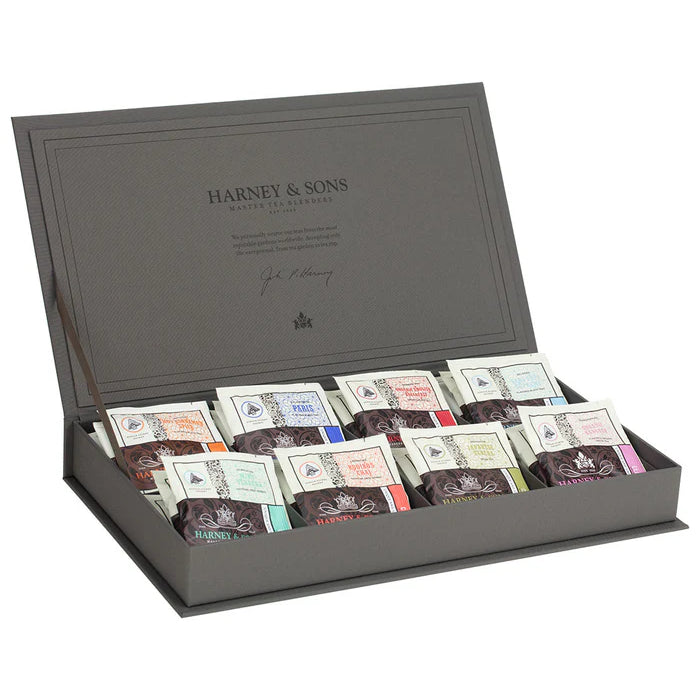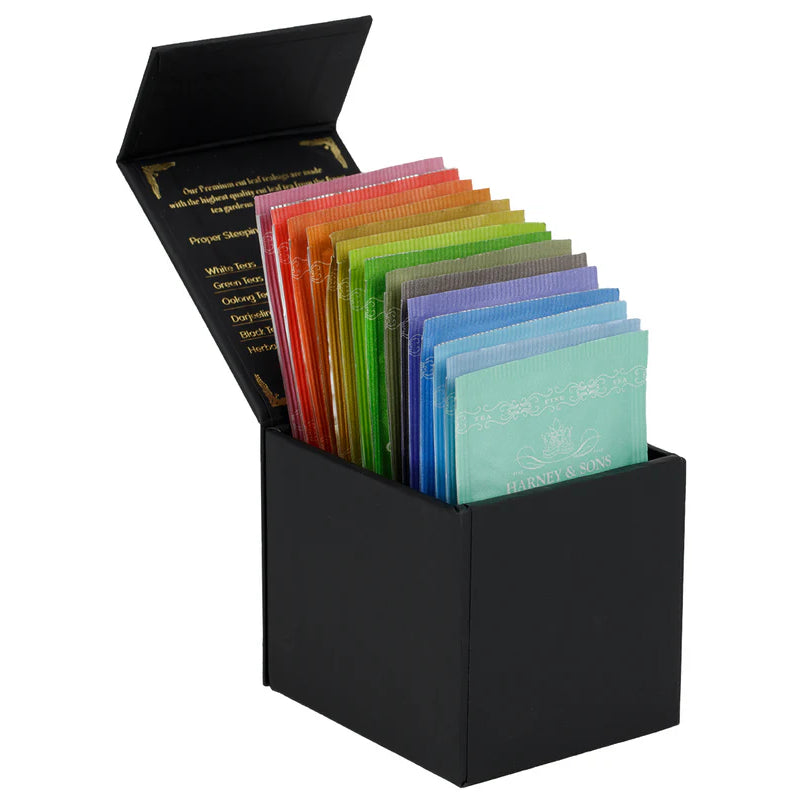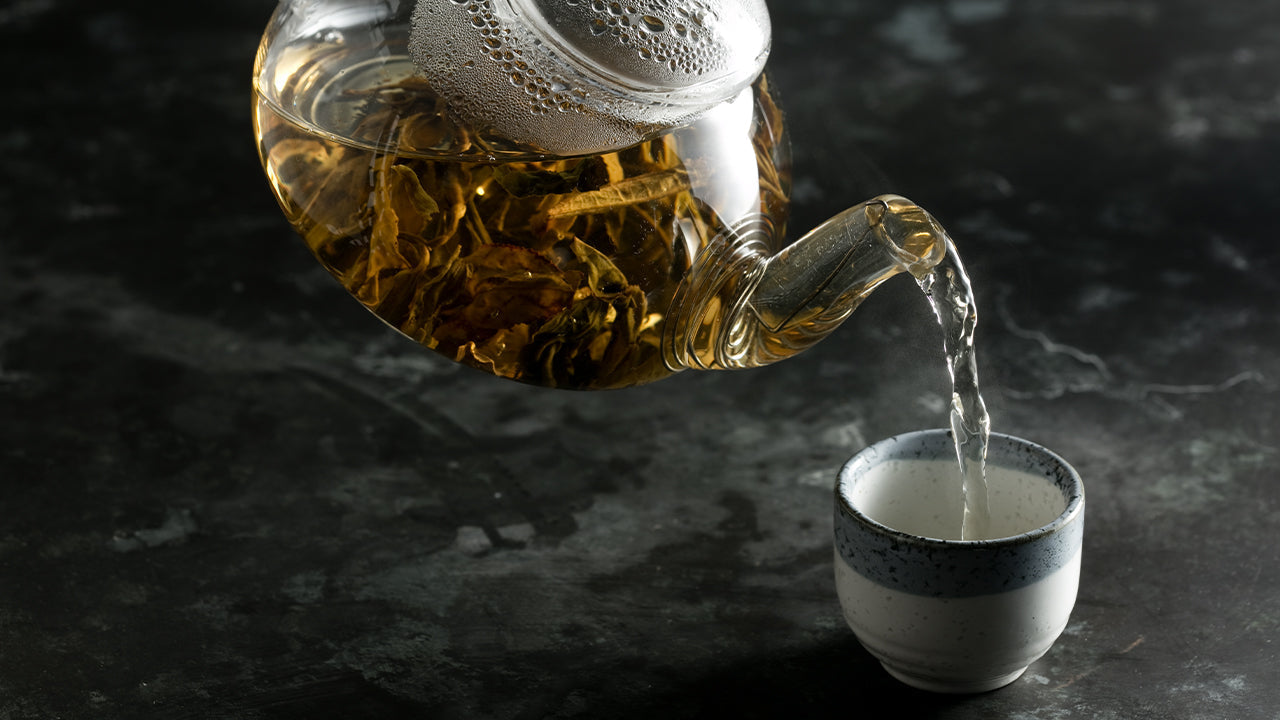Tea and coffee are beloved beverages with a lot in common, both offer a much-needed caffeine kick. However, their origins and preparation methods differ significantly. While coffee beans have a loyal following, tea leaves deserve deeper appreciation for their unique qualities and benefits.

The Origin of Tea Leaves
Tea leaves are native to East Asia, where the Camellia sinensis plant first grew naturally. Around 2737 BCE, a Chinese emperor accidentally discovered tea when the leaves from a wild tea plant blew into his boiling water. He became intrigued by the aroma and taste, finding it refreshing and invigorating.
The plant’s origins trace back to the region where southwest China, Tibet, and northern India converge, with a history spanning thousands of years. Unlike coffee, which is mostly grown in tropical regions, tea can be cultivated in diverse climates.
The delicate process of harvesting and preparing tea leaves requires careful attention and skill, whether for green, black, oolong, or white tea. The versatility of tea leaves and the craftsmanship involved in their production are part of what makes them so special.

The Birth of the Coffee Bean
The coffee bean originates from the seeds of the Coffea plant, which is native to the tropical forests of East Africa, specifically in Ethiopia. The plant belongs to the Rubiaceae family, which bears coffee cherries, each holding two seeds – better known as coffee beans!
The legend goes that a 9th-century Ethiopian goat herder noticed that his goats became unusually energetic after eating the plant. Curiosity did not kill the cat – or in this case goat – instead, the shepherd shared his discovery with a local monastery, where monks began using the beans to make a drink that helped them stay awake during prayers. From Ethiopia, coffee beans spread to the Arabian Peninsula where they were dried, roasted, and brewed into the drink we now call coffee.
These days, there are two main species of coffee beans grown worldwide. Arabica is known for its smooth and flavorful profile while Robusta has a stronger, bigger taste and higher caffeine content.

The Transfer of Flavor
Tea leaves transfer their distinct taste when steeped in hot water. The temperature of the water, steeping time, and type of tea all affect the flavor extracted. Tea releases its flavors in a gentle, complex manner, with each variety offering something different.
For example, black tea yields a rich, bold flavor, while green tea offers a more refreshing and grassy note. White tea, known for its subtle sweetness, is delicate and soft, providing an entirely different experience. Tea allows for a wide range of flavors and a depth of taste that doesn’t require intense processing like roasting. We can guide you on your brewing process, just check out our blog!
Coffee beans require a much more complex preparation process to develop their flavor. While tea leaves are more naturally flavored, coffee develops its distinct taste primarily through roasting. After harvesting, coffee cherries are either dried naturally in the sun or pulped, fermented, and washed to remove their outer layers. Once the beans are dried and their outer husks are removed, it’s time to roast.
This is the most critical step in the transfer of flavor. Beans are heated between 370-540°F to develop complex flavors, caramelization, and aroma. The timing and temperature range in which the coffee beans are roasted determines the type of brew you’ll get. Three different roasting levels can be achieved:
- A light roast is known for its brighter, more acidic flavors.
- Medium roasts have a more balanced sweetness and body.
- The dark roast will incorporate bolder, smoky flavors with reduced acidity.

The Magic of Steeping Tea Leaves
Once tea leaves are steeped, they don’t just release caffeine – they release a range of beneficial compounds, including antioxidants, catechins, and essential oils. These compounds contribute to each tea’s distinct flavor profile, color, and health benefits. While coffee simply releases caffeine with a bit of bitterness, tea leaves offer a delicate infusion that balances flavor, aroma, and wellness. Each tea blend has a recommended brew time, ensuring the perfect concentrated flavor. To avoid oversteeping, follow our ultimate guide to brewing tea – there you will find instructions for each of your favorite blends!
The Brewing Process of Coffee
The grinding and brewing process is essential in unlocking the full potential of coffee. Roasted beans are ground to different sizes depending on the brewing method. There are six different methods commonly used to brew coffee, each achieving a different flavor, strength, texture, and caffeine content.
- Drip Coffee: Water is heated and dripped through a filter containing ground coffee.
- French Press: Ground coffee is steeped in hot water for several minutes, then the grounds are separated using a metal plunger.
- Espresso: Hot water is forced through finely ground coffee under high pressure, extracting a concentrated shot of coffee.
- Pour-Over: Hot water is poured manually over coffee grounds in a filter.
- Aeropress: Coffee grounds are steeped in water, then forced through a filter by pressing the plunger.
- Cold Brew: Coarse ground coffee is steeped in cold water for an extended period, then filtered out.

A Calmer Energy Boost
Tea is often considered the gentler choice when it comes to caffeine because it brings a calmer boost of energy. A cup of tea generally contains between 40-60 milligrams of caffeine, meaning there's a lower risk of side effects like jitters or the sudden energy crash that often comes with drinking coffee.
Tea also contains L-theanine, an amino acid that promotes relaxation and a sense of calm. This balances out the stimulating effects of caffeine, allowing for sustained energy without the overstimulation that coffee can sometimes cause. The result is a smoother, more focused experience, making tea the better choice for those who need daily energy but don’t want the harsh effects of too much caffeine. The amount of caffeine in each cup of tea can vary though, for breakdown by blend, check out Tea 101.
Coffee’s Caffeine Content
Coffee typically contains higher levels of caffeine than tea. Due to the variety of brewing methods, the range in caffeine content is broader. A cup of instant coffee can have as little as 30 milligrams of caffeine, whereas brewed coffee can have up to 140 milligrams. Roast level, grind size, brew time, and brew method all contribute to this.
For those searching for a caffeine-free brew, coffee falls short in that department. That may come as a surprise to decaf coffee drinkers, but it’s true… even a cup of decaf coffee contains 2-5 milligrams of caffeine. There is no true caffeine-free coffee without using a substitute or alternative, like grain or mushroom coffee.
There is, however, a variety of caffeine-free tea blends. Some of our most popular are Organic Passion Plum, Yellow & Blue, Chamomile, Peppermint Herbal, and Herbal Hot Cinnamon Spice.

Freshness Matters
When it comes to your daily brew, freshness matters. Once opened, coffee beans typically stay fresh for a week to a month. Ground coffee has an even shorter shelf life, while tea leaves are far more forgiving. Tea is best enjoyed within a few months of purchase, but even if your tea is a bit older, it will still provide a flavorful taste as long as it is stored properly in an airtight container. In contrast, coffee beans lose their flavor much quicker due to oxidation, making them more difficult to keep at their peak. The freshness of tea leaves ensures that every cup will be rich in flavor, with complex layers of taste that develop over time.

Wellness in a Cup
Tea leaves do more than just provide a caffeine boost. They come packed with a variety of health benefits, from antioxidants that help boost your immune system to compounds that support heart health, digestion, and even weight management. Harney & Sons knows this well, it’s why we have dozens of blends dedicated to wellness!
Tea is also a natural way to stay hydrated. While it is lower in caffeine content, tea is gentler on your body, allowing you to drink more without the negative effects of dehydration or excessive caffeine intake. For more on the health benefits tea can bring to the table, check out this blog where Mike Harney spills all the tea!

The Better Brew
Coffee beans have earned their place in the world of beverages, but it’s clear to us that tea leaves are far superior in terms of flavor, versatility, health benefits, and overall experience. From the moment you steep tea leaves, you’re met with a delicate infusion of flavor and wellness. Tea’s caffeine content offers a smoother, more blanched energy boost that also promotes relaxation and focus. If you haven’t already, it’s the perfect time to make the switch to tea and discover all the benefits it has to offer!


